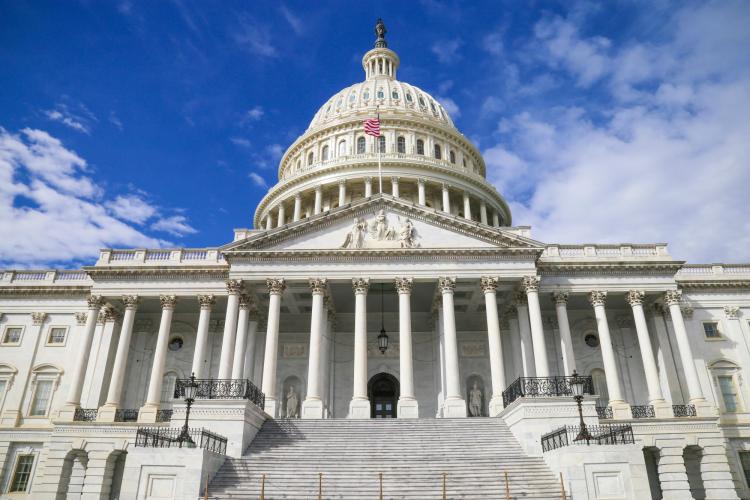
The fate of the OSHA Emergency Temporary Standard (ETS) mandating vaccinations at companies with more than 100 employees was perhaps decided by…a ping pong ball.
The U.S. Court of Appeals for the 5th Circuit had already reaffirmed its Nov. 6 preliminary stay that blocked the ETS, which also requires weekly testing of non-vaccinated employees. The court found that the OSHA ETS has, among other things, exceeded its authority and failed to follow its own rules.
However, there were legal challenges filed in federal district courts across the country. Last week, a multidistrict litigation lottery was held – think bingo ping pong balls – to determine which court would hear the combined legal challenges. The U.S. Court of Appeals for the 6th Circuit was selected, which is considered to have a judicial temperament similar to that of the 5th Circuit.
In response, OSHA has “suspended activities related to the implementation and enforcement of the ETS pending future developments in the litigation.”
The U.S. Department of Justice has announced it will “vigorously defend” the OSHA ETS, which likely means the ultimate decision will be made by the U.S. Supreme Court. As this matter will not be resolved any time soon, the original January 4th deadline for compliance is all but impossible.
Last Friday the House passed the “Build Back Better” reconciliation bill by a vote of 220-213. Moderate Democrats were satisfied the Congressional Budget Office report demonstrated the bill was “paid for.”
Build Back Better includes increasing by $550 the maximum Pell Grant, bringing it to $7,000. That’s a victory for so many students at SCICU member institutions. Fully 44 percent of undergraduates at SCICU colleges and universities receive a Pell Grant.
Build Back Better now moves to the Senate where that CBO report will receive greater scrutiny. The CBO reports the bill “would result in a net increase in the deficit totaling $367 billion.” The White House asserts that more aggressive IRS enforcement will produce $400 billion in additional revenue, which would cover that deficit.
The CBO report does not include additional IRS revenue, but previously had estimated doing so would raise only $207 billion, leaving Build Back Better $160 billion in the hole.
Both Sens. Manchin and Sinema have expressed concern that Build Back Better will result in higher middle-class taxes and further fan the flames of inflation. Manchin in particular is opposed to the House version’s inclusion of four weeks of paid leave.
Other Senators will no doubt push for amendments – Sens. Menendez and Sanders don’t like providing property tax relief for the wealthy. Majority Leader Schumer will require every one of the Senate Democrats’ 50 votes to pass its version of Build Back Better – Senate Republicans have vowed to oppose it. Should that happen, the competing versions will necessitate the creation of a conference committee with members from both houses, where a compromise version would be hammered out. That bill would then need to pass both the Senate and House in order to be delivered to the president for his signature.
This would all happen in December, just in time for Congress to face the federal government running out of money, which will necessitate lifting the debt ceiling. Again, Republicans have signaled that Democrats will have to raise the ceiling without any Republican votes, which will result in yet more negotiations.

 SCICU campuses tell Congress: ‘It’s time to #DoublePell!’
SCICU campuses tell Congress: ‘It’s time to #DoublePell!’